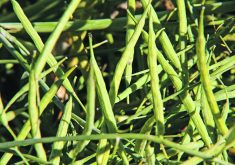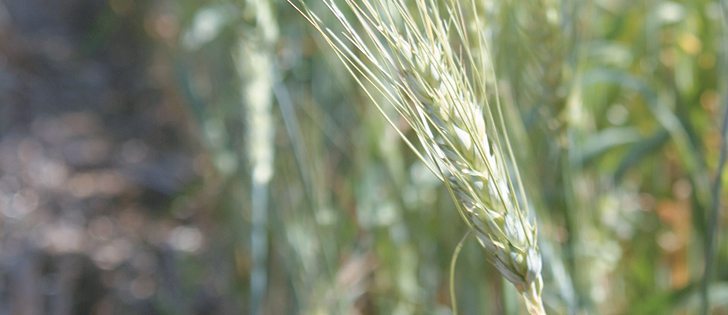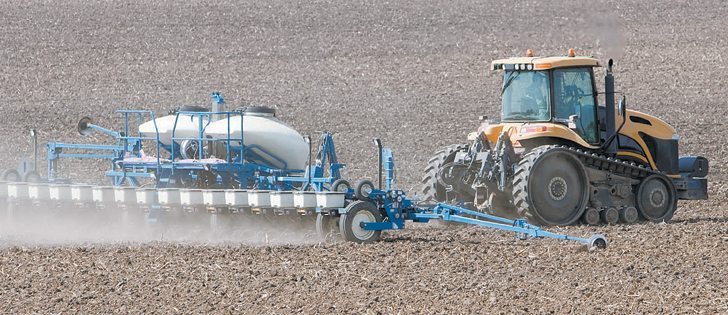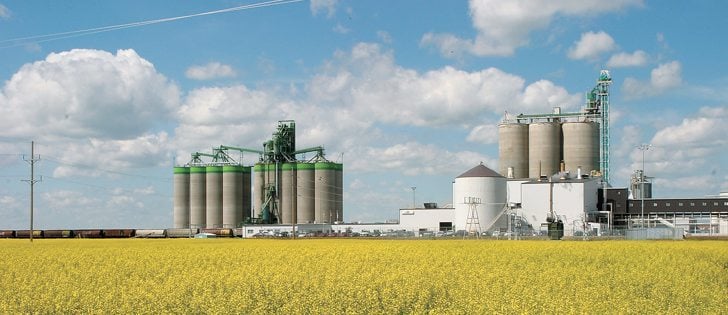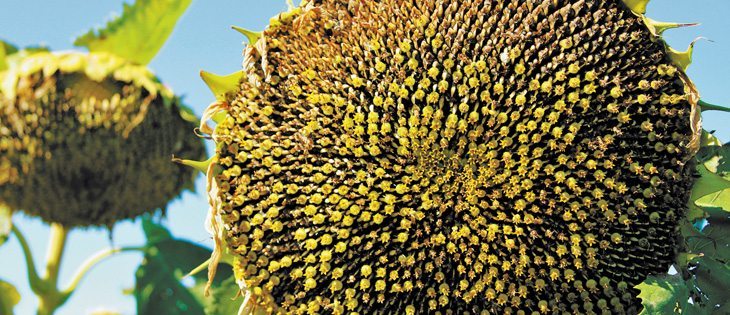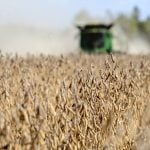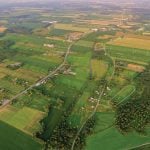A Regina investment company that buys and manages Saskatchewan farmland says the province’s farmers are sitting on one of the safest assets available.
Doug Emsley, president of Assiniboia Capital Corp., said demand for productive pastures, hayland and cropland will continue to rise as the world’s population grows larger and the need for food increases.
“Demand for our acres is improving and increasing,” Emsley said.
“We’ve got less expensive land (than other jurisdictions) … demand for the products we grow will continue to increase and the markets are taking an interest in farmland as a safe and profitable investment. We think farmland is one of the best places (for investors) to be and we think Saskatchewan is the best place in the world to be looking for it.”
Read Also
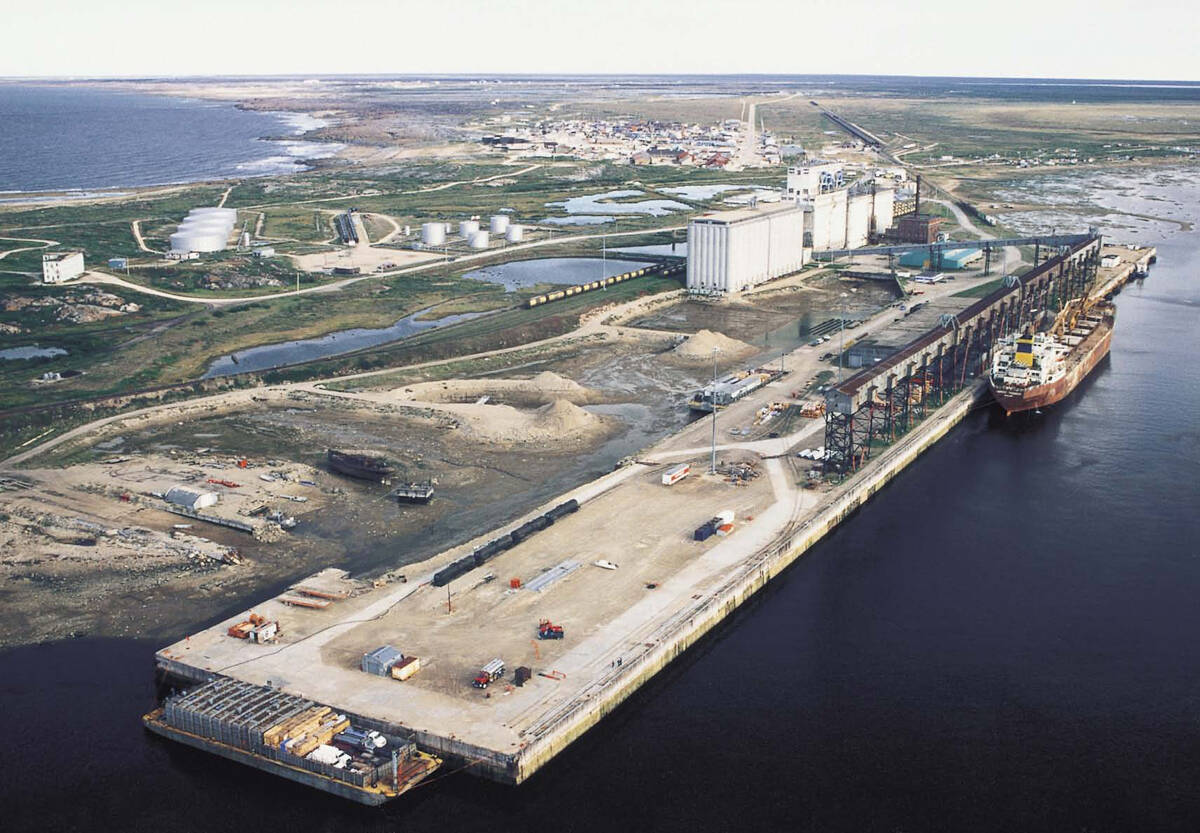
Defence investments could benefit agriculture
A bump in Canada’s NATO spending commitments could lead to infrastructure investments that would benefit rural areas
Assiniboia raises investment capital and uses it to buy land in the province.
It has raised $50 million through four limited partnerships over the past few years and has bought 85,000 acres of farmland, which Emsley said makes it the largest farmland company in Canada.
The company recently launched another limited partnership and will continue to buy as much land as it can.
“About four or five years ago, we decided to gather up as large a position as we could in Saskatchewan farmland,” Emsley said.
“When we started out, people said, ‘are you nuts? Who wants to invest in this?’ But things have evolved and changed over time and now it looks like our timing was pretty good.”
Emsley said farmland values are not closely related to stock market performance, meaning investors are insulated from sudden crashes and fluctuating asset values.
The global financial crisis has prompted governments to pour large sums of money into economic stimulus programs. Some analysts expect that could lead to higher inflation rates.
“There is a view that if there’s going to be inflation, one of the best places to be invested is in a hard asset, like farmland,” Emsley said.
He said a limited supply of farmland around the world, rising global demand for food and the anticipated growth of biofuel markets will also support farmland prices.
“Like it or not, biofuel is sucking up a lot of acres that used to be used for food production,” he said.
“There is a displacement effect there and (owners of farmland) will be the net beneficiaries of that.”
Emsley also said legislated restrictions on who can own Saskatchewan farmland had artificially devalued land in the province.
The removal of those restrictions several years ago attracted new investors and capital.
“There’s a gap in prices, and we think it’s largely the legacy of ownership restrictions,” he said.
“When those restrictions were removed, farmland was opened up to other investors from outside the province … and that allowed more capital to come into the market.”
Emsley said Assiniboia discovered after it began investing in farmland that few, if any, Canadian companies manage farmland. This led to the formation of Palliser Farmland Management, an affiliated company that manages the land Assiniboia acquires.
“We had 80,000 or 90,000 acres to manage and we didn’t have a place to go (for management services), so we set up our own farmland management company,” Emsley said.
Palliser manages about 100 farmland leases, most of them negotiated on a cash rent basis.
Emsley said leasees are well established, progressive farmers who have been in the business for many years and have a proven track record.
“It’s really critical in our model that we seek out good farmers, which we’ve managed to do.”
In some cases, retiring farmers have sold farmland to Assiniboia on the understanding that Palliser will lease the land back to the seller’s son or daughter.
Such arrangements allow landowners to liquidate a portion of their holdings while ensuring that the next generation has a chance to become established in the industry.
Assiniboia’s landholdings are divided into six geographic regions to mitigate weather related risks during the crop year.
It buys land on the open market, dealing with real estate brokers or negotiating directly with farmers.
“We’re out there a lot now … so we have lots and lots of deal flow,” Emsley said.
“At any given time, we’ve got as much as $100 million worth of potential deals on our desk.”



